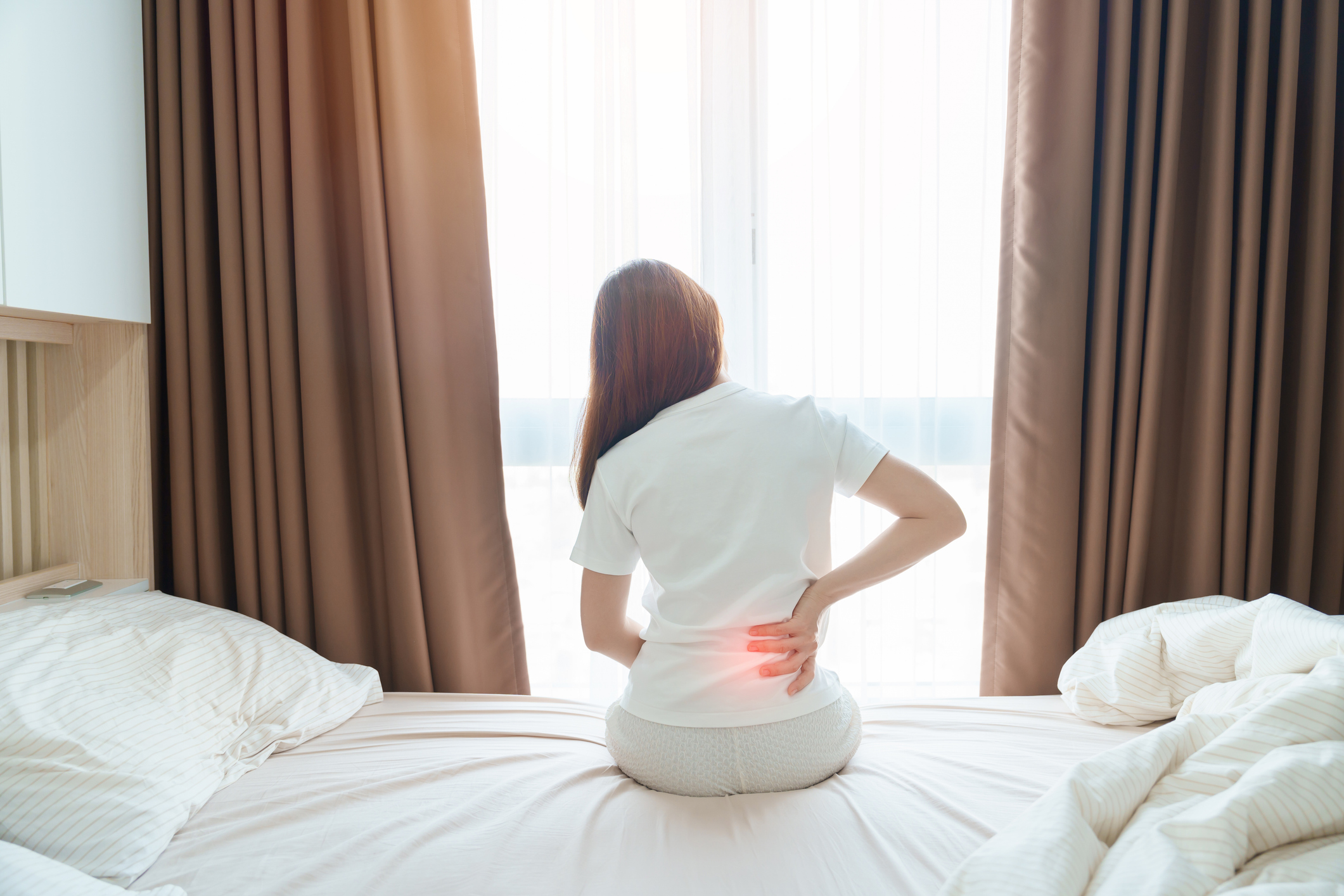Overview of Hip Anatomy
The hip is a ball-and-socket joint, which is one of the body’s largest and most important joints. The ball part of the joint is the femoral head, which is the upper end of the femur (thighbone). The socket is formed by the acetabulum, a part of the large pelvis bone. The hip joint’s anatomy is designed for stability and weight-bearing, with its articular cartilage, labrum, ligaments, muscles, and synovial fluid all contributing to its function and health.

Articular Cartilage and Labrum
The surfaces of the ball and the socket are covered by a slippery, robust tissue called articular cartilage. This cartilage creates a smooth, frictionless surface that helps the bones glide easily across each other during movement. The acetabulum is ringed by strong fibrocartilage called the labrum, which forms a gasket around the socket, deepening it and improving the stability of the joint.
Ligaments and Synovium
The hip joint is surrounded by bands of tissue called ligaments, which form a capsule that holds the joint together. The undersurface of the capsule is lined by a thin membrane called the synovium, which produces synovial fluid that lubricates the hip joint.
Muscles and Movement
Muscles around the hip joint are grouped based on their functions relative to the movements of the hip. These include flexors, extensors, adductors, abductors, internal rotators, and external rotators. The hip joint allows for movement in three major axes: flexion and extension, internal and external rotation, and abduction and adduction.
Stability and Blood Supply
Hip stability arises from several factors, including the shape of the acetabulum and the strength of the surrounding muscles and ligaments. The hip joint is also supplied by a network of blood vessels that provide essential nutrients to the joint structures.
Conditions and Treatments
Common hip problems include arthritis, bursitis, avascular necrosis, and femoroacetabular impingement (FAI). Treatments can range from conservative methods like physical therapy to surgical interventions such as total hip arthroplasty (THA) or periacetabular osteotomy (PAO) for joint preservation.
Periacetabular Osteotomy (PAO)
PAO (Periacetabular Osteotomy): A surgical fix for hip dysplasia. Misalignment of the acetabulum causes pain and mobility issues. PAO repositions the hip socket, easing pain and delaying arthritis. It's ideal for younger patients, preserving the joint and restoring function. Complex but effective, it offers relief without immediate replacement surgery.
Piriformis Syndrome
Diagnosing & Treating Piriformis Syndrome: Butt muscle compresses sciatic nerve, causing pain & numbness. Diagnosis via clinical exam & history review; MRI/CT to rule out other issues. Treat with rest, stretching, therapy, meds, or surgery. Prevent with exercise, good posture, avoiding prolonged sitting. Relief is possible with proper care.
Greater Trochanteric Pain Syndrome (GTPS)
Greater Trochanteric Pain Syndrome (GTPS): Hip pain at the femur's outer edge due to gluteal tendon degeneration. Common in women aged 40-60, worsened by weight-bearing. Diagnosis via symptoms, physical exam, and imaging. Treat with rest, NSAIDs, therapy, or injections. Surgery if conservative methods fail. Prevention through exercise and weight management.
Hip Instability
Hip Instability: Unstable hip joint causes pain, clicking, and possible dislocation. Traumatic or atraumatic, from sports injuries to congenital issues. Diagnose with history, exam, and imaging. Treat with therapy or surgery like hip arthroscopy. Comprehensive care for improved mobility and quality of life.
Hip Labral Tears
Hip Labral Tears: A Comprehensive Guide to Symptoms, Causes, and Treatments Understanding Hip Labral Tears Hip labral tears are a common yet complex condition affecting the hip joint, often leading to persistent pain and reduced mobility. The labrum, a ring of cartilage that encircles the hip socket, plays a [...]




